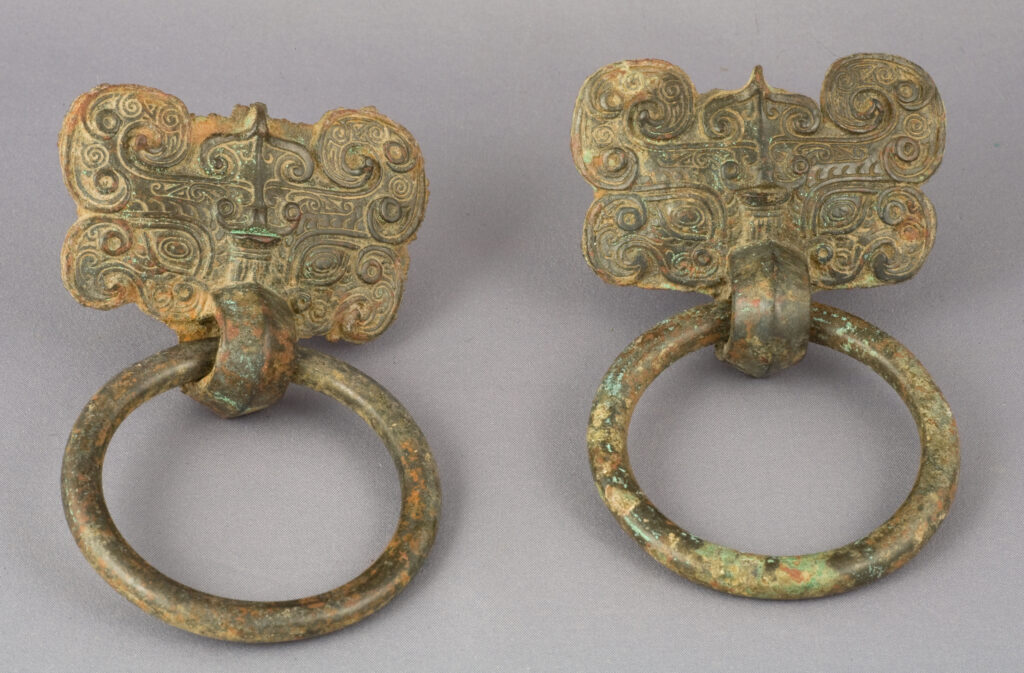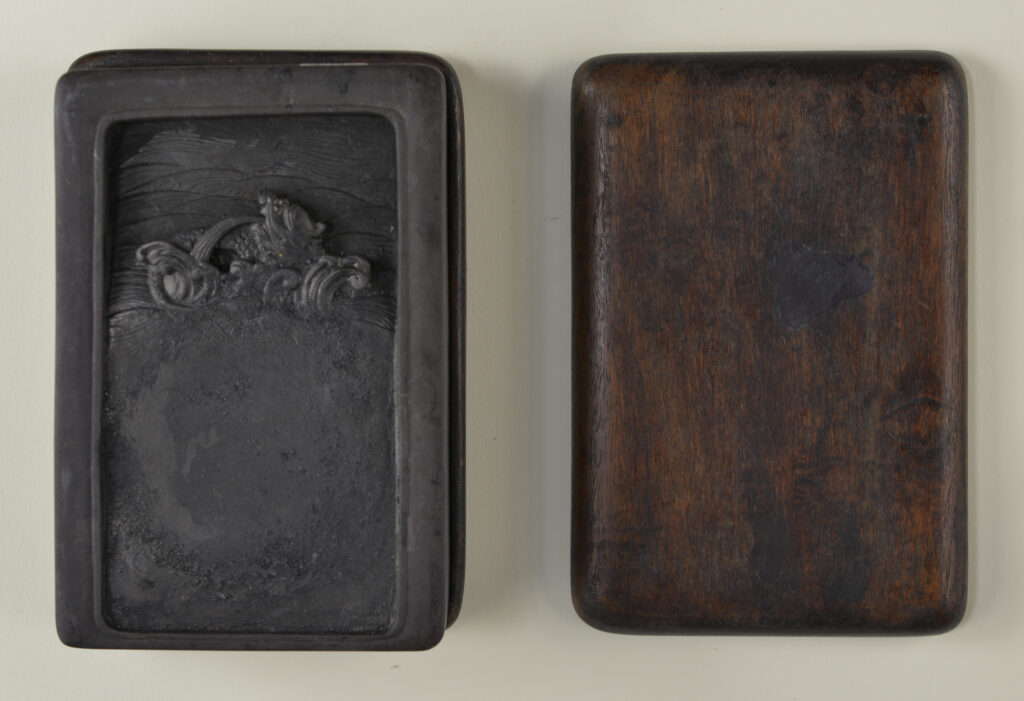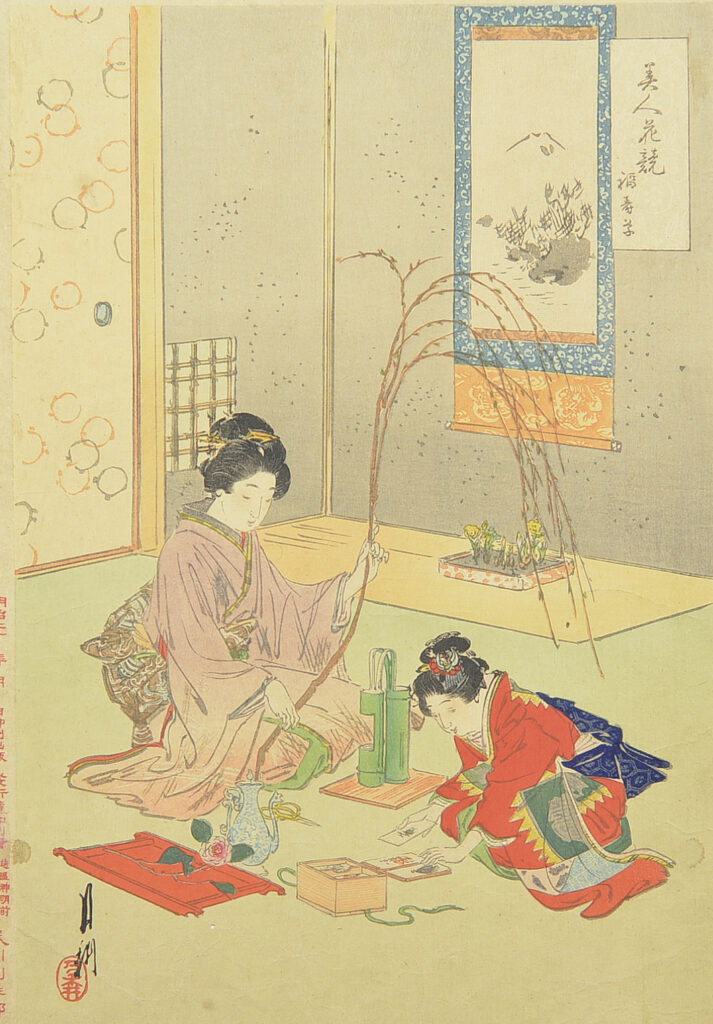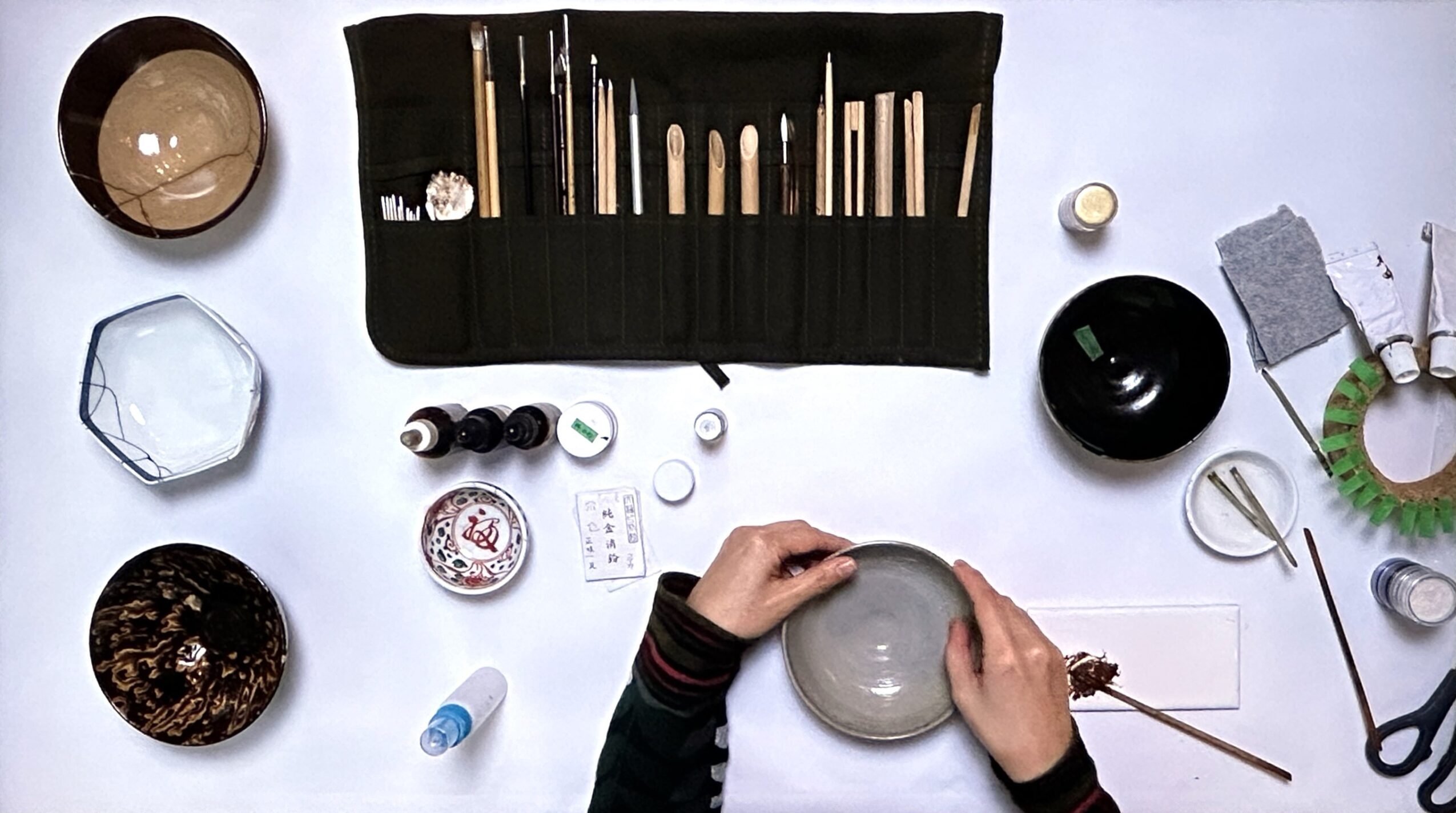The Art Gallery of Greater Victoria houses one of the greatest and most diverse Asian art collections in Canada, with works from China, Japan, Korea, Tibet, India, Vietnam and Thailand. In this quarter’s segment of “Art Terms For Beginners”, we will continue to focus on terminology specific to Asian art and culture.
1. Album Paintings
Album paintings are usually small and in shapes not suited for mounting as a scroll. These paintings were thus assembled by laminating sheets of paper with starch paste. The leaves may be joined along the vertical edge, or assembled in concertina form, or as a landscape so that all the paintings can be viewed at once. The paintings may not necessarily be by the same painter, but they would be related in theme. This format of paintings came into popularity during the Southern Song period (1127-1279) when Chinese art took on a more introspective approach.
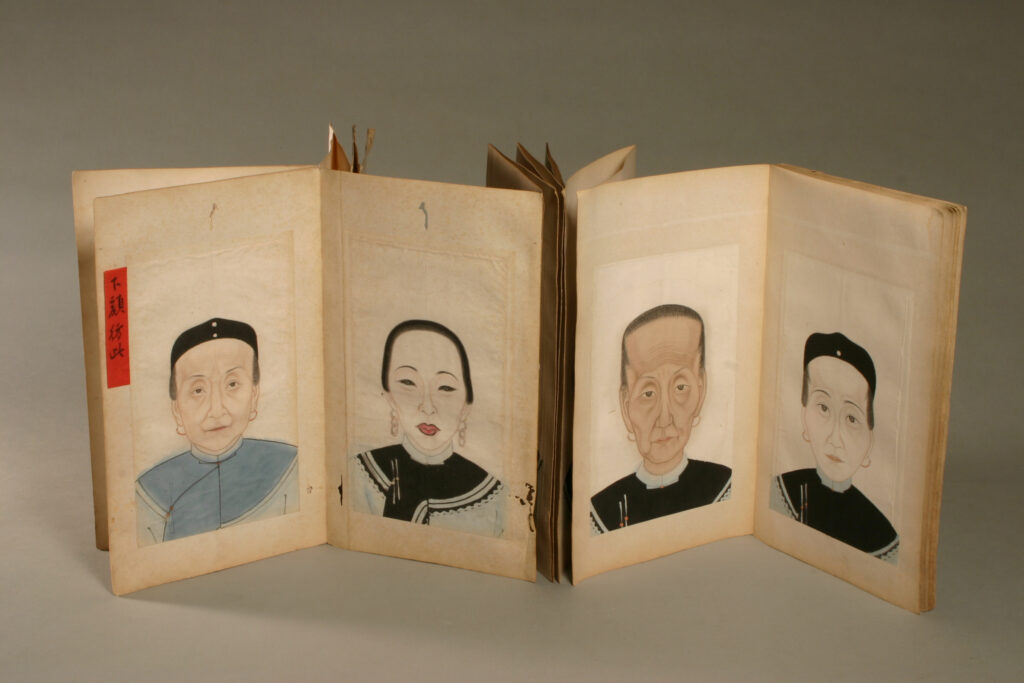
2. Duan Inkstone
An essential part of the Chinese scholar’s desk, the inkstone is used as a smooth surface on which to grind inksticks which was then mixed with water to form ink for calligraphy or painting. The inkstones made of Duan stone from the Duanxi River In Guangdong have been especially coveted since the Tang dynasty (618-906) for its extreme smoothness. The quality and texture of the Duan stone allows the ink to be finely evenly ground, producing a smooth black ink. The stones are carefully selected and intricately engraved by skilled craftsmen with a variety of designs that appealed to the scholar. The inkstone is always encased in a wood box.
Duan inkstone | Chinese, undated | 6.8 x 11.4 x 16.8 cm. | Gift of Richard and Kazue Pearson (2014.021.003 a-c)
3. Ikebana
Ikebana is the art of Japanese flower arrangement. Also known as kado (the way of flowers), the tradition came about with the emergence of Buddhism in Japan where floral arrangements were placed on altars. Ikebana or kado reached its zenith during the 16th century under the influence of the tea ceremony, chado (the way of tea). Ikebana is considered one of the classical Japanese arts of refinement. An art practiced by both men and women, it is said to calm the mind, opening it for greater clarity. There are thousands of schools of ikebana, each with its own style and methods. Associated with ikebana is the types of vessels used for floral arrangement, of which there are many.
Ogata Gekko (Japanese, 1859-1920) | Ikebana Arranging | 36.7 x 25 cm. | Purchased with Funds Provided by Judith Patt (2016.035.021)
4. Surimono
Surimono are a genre of Japanese woodblock print, commissioned privately for special occasions or as announcements. Found mostly from the late 18th to the early 19th century, these were produced in small numbers for the literati, and were thus, more experimental in style and subject-matter, and usually printed with the highest quality materials. Unlike the more popular ukiyo-e prints of the same period that were produced in large numbers for mass distribution, surimono were privately published and never meant to sold publicly. Many leading artists like Hokusai produced surimono prints.
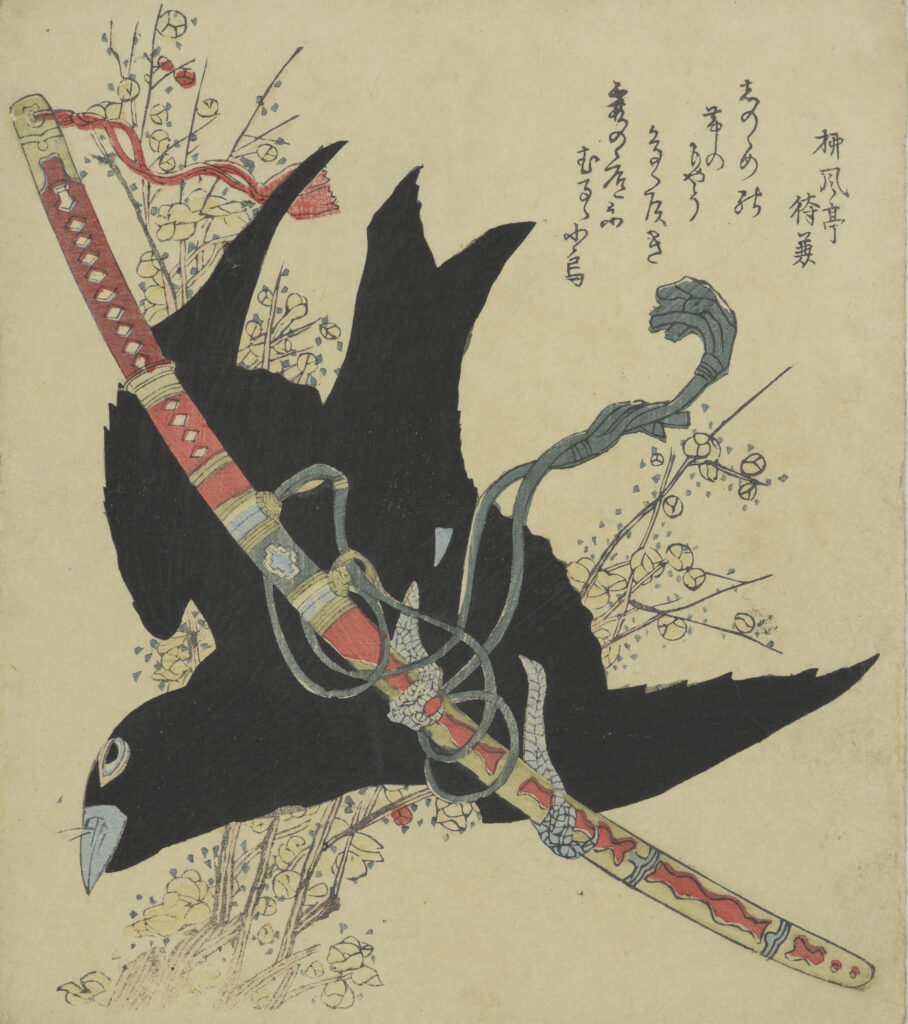
5. Taotie
The taotie mask is a decorative motif that emerged in the Shang dynasty (c. 1500-1050 B.C.) in China on bronze vessels. The zoomorphic face vaguely resembles an animal with eyes, ears, horns, mouth and markings of a pelt. The concept of the taotie motif has puzzled scholars for centuries as to its origins, its purpose and its meaning. With a lack of iconographic references, this design has been studied based mostly on its development as an ornament. The pair of taotie mask ringholders in the AGGV collection would have been attached to a bronze vase.
